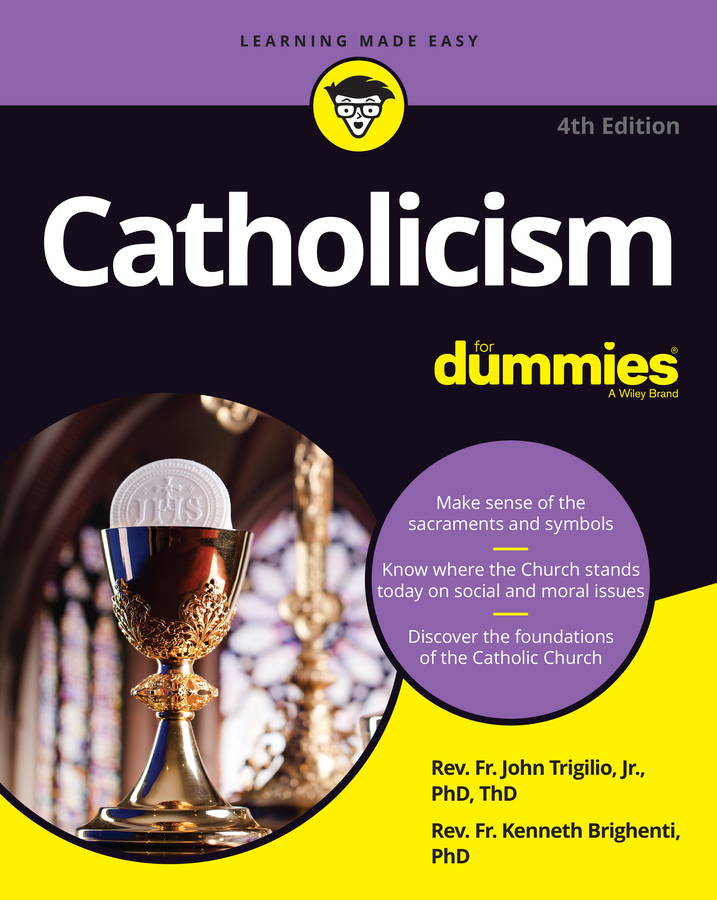People create human laws — not God or nature. The Catholic Church maintains that natural and divine laws are immutable and eternal, because they come from God. However, human laws — whether they come from the Church or the government — are conditioned by contemporary circumstances, such as time, place, and culture. They’re positive in that they’re clearly written and promulgated. Catholics are required to obey human laws so long as those laws do not run counter to divine law or natural moral law.
Sometimes, the three types of laws the Catholic Church recognizes dovetail: The Eighth Commandment is “Thou shall not steal,” natural moral law tells people with reason that taking something that doesn’t belong to them is unethical and wrong, and civil laws make theft a crime — a punishable one.
Human positive law comprises both civil law and canon (Church) law:
Civil laws are all the laws written and enforced by cities, states, nations, and international communities, such as the United Nations (UN) and the North Atlantic Treaty Organization (NATO). Because civil laws (being human laws) aren’t perfect, they can and must be interpreted and applied by a recognized authority.
Canon (Church) law: Canon law is the supreme law of the Church, and it specifies the universal norms and regulations for the entire Church. The actual application and implementation of these universal laws are contained in the Roman Ritual, books that contain the necessary prayers and the requirements for valid and licit celebration of the sacraments.
American laws are loosely based on English Common law, which defends the rights of individuals — especially the right of the accused to a fair trial and the right of being presumed innocent until proven guilty in a court of law. The laws of the Catholic Church, however, are more akin to Roman law, which seeks the discovery of truth as the primary directive. Both are good approaches but use different perspectives. The English system uses a jury of peers to determine innocence or guilt. The Roman system uses testimony and evidence given to a judge or tribunal of judges to get to the truth of the matter.

